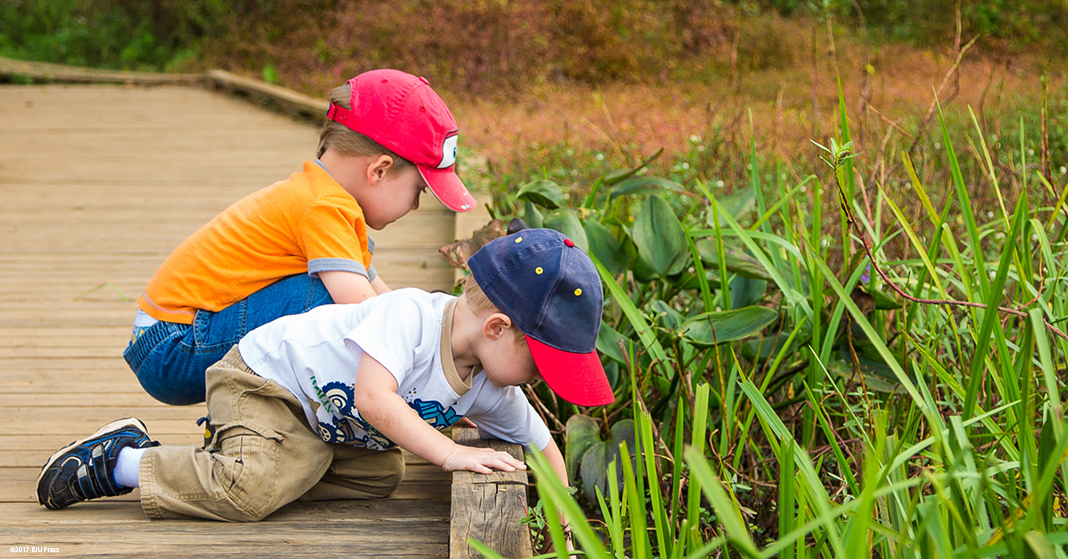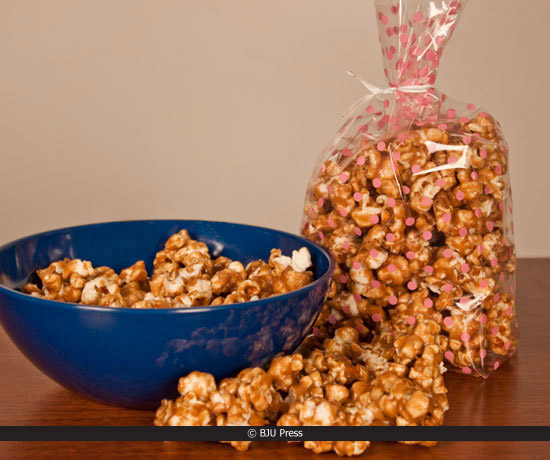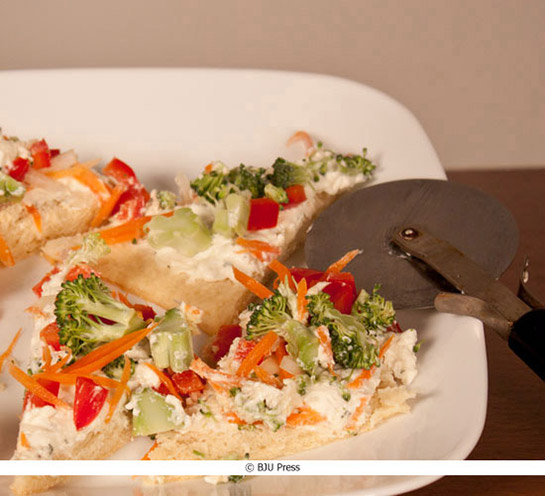 “My son can already write his name!” says a proud mother. “My daughter is not quite four, and she has just learned to read!” says another. One mom shrinks back into her seat, wondering if she’s doing something wrong. Should her son or daughter be reading at age three or four? Should her two-year-old be learning to form the shapes of letters?
“My son can already write his name!” says a proud mother. “My daughter is not quite four, and she has just learned to read!” says another. One mom shrinks back into her seat, wondering if she’s doing something wrong. Should her son or daughter be reading at age three or four? Should her two-year-old be learning to form the shapes of letters?
For decades, parents have felt the pressure to hurry their preschoolers’ learning. They don’t want their children to be left behind. For homeschool parents, the pressure is even greater. They may feel that the world is looking at them more critically, ready to point out any perceived underachievement. If you’re feeling the pressure to teach your child more aggressively or to start kindergarten early, consider these important factors.
Rates of Development
Babies learn to crawl, walk, and talk at different rates; there is no ideal timetable. It’s the same for preschoolers and kindergarteners. Some will learn to read quickly; others will catch on to math concepts; and others may simply be interested in movement and play. Trying to force a child to mature more quickly can lead to behavioral issues and a dislike of learning.
Freedom to Grow
Kids need time to invent, explore, and create. They need space to run, jump, and climb, especially during the formative preschool and kindergarten years. Giving them the freedom to experiment, discover, and move through their world builds their confidence and their ability to solve problems—things that will prove valuable when they begin their homeschool years.
Perceptions of Potential
If you stress reading too early, you might become frustrated and discouraged; you may even think that your child doesn’t have the potential to be a great reader. That’s not necessarily the case; he may simply be operating on his own schedule. Instead of frustrating yourself and your child, wait until the time is right to begin a more organized style of homeschooling.
Statistical Proof
A study published by the National Bureau of Economic Research revealed that delaying kindergarten for a year had remarkable benefits for children. Kids who were seven when they started formal instruction were measurably more attentive and less hyperactive at age eleven than kids who began kindergarten at the “normal” age of five or six. The kids who started kindergarten a year later had more time to learn self-control and mental focus before beginning their school career.
Preparation for Kindergarten
You can introduce your child to text and numbers in many age-appropriate ways. There are numbers on calendars, clocks, mile markers, your house, and store receipts. Words are everywhere—on cereal boxes, toys, storefronts, street signs, letters, and clothes.
When you read storybooks together, ask your little ones to show you the pictures and point to text. You are developing your child’s “print awareness” which is a prerequisite to phonics instruction. Where are the characters? What are they doing in the picture? What will happen next? It’s a fun way to engage with your children and start teaching them about story components and progression without getting too academic.
Maybe your little ones would enjoy dictating stories or letters for you to write down and read aloud. These activities emphasize the relationship of thought to oral and written language. And if those little bodies start to get wiggly, maybe it’s time to switch to another kind of education—learning through play.
• • • • •
Rebecca is a work-at-home freelance writer, novelist, wife, and the mom of two bright-eyed little ones. She credits her success in writing and her love of books to her own mom, who homeschooled three kids from pre-K through high school.



 Veggie Pizza
Veggie Pizza